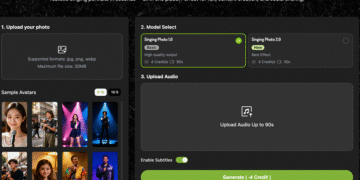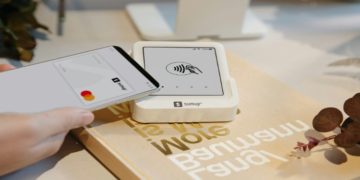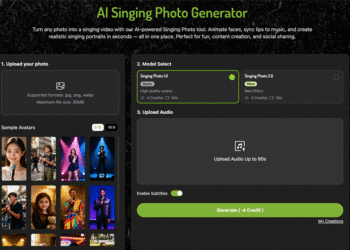Connecting to the internet used to be a very different process from what it is today. In 2025, as soon as you walk into your home, the chances are you’re connected to Wi-Fi, with the online world immediately at your fingertips.
Back in the 1990s, however, convenience like this was only a pipedream. Instead of a quick, seamless connection, most homes could only use a dial up service, which required using the home’s regular telephone line to dial a special number with your modem.
You remember those strange beeping sounds when you connected? That’s the sound of the past – the digital handshake between your modem and your internet provider as they negotiated a connection!
Except, is it really a sound of the past? If recent headlines are anything to go by, perhaps not. According to AOL’s recent announcement, their dial up service is about to shut up shop after thirty years of operation, and that means in 2025 – even with all the best broadband packages and 5G connections – people are still using it!
The World of Internet Dial Up
It’s not that we find that amusing, it’s just a bit of a surprise. One of the characteristics of dial up internet was that it was categorically slow. In fact, it typically maxed out around 56 kbps, and while AOL bumped up that number over the last thirty years, it never came close to matching the megabits – or even gigabits – offered by modern broadband.
For internet users in 2025, this kind of speed simply isn’t good enough. For example, across the UK, approximately 67% of households engage with online video streaming services, while 14% play online casino games on their phones. To interact with the internet in this way requires a stable, high-speed connection capable of handling large amounts of data in real time – something dial-up could never deliver.
This is especially true when looking at online gaming, specifically, as modern titles rely on split-second data transfers to keep players in sync. With dial up, the latency could be hundreds of milliseconds, making real-time gameplay far more difficult. Even the most basic online card game or slot spin could feel sluggish compared to the near-instant responsiveness broadband users take for granted.
Why Are People Still Using It?
And yet there are people who have been using AOL dial up right up to its finale. According to a recent report, nearly 300,000 people in the US have said they only have a dial up internet connection – as opposed to the nearly 310 million people using broadband.
So why is this the case? For some, it might come down to location. Even now, rural and remote areas of the US still lack reliable broadband infrastructure, making dial up one of the only available options. Others have cited cost, with dial up being far cheaper than regular broadband – which makes it a good choice for light internet users who only go online to check their emails or browse basic websites.
There’s also the comfort and familiarity factor. Yes, the online world has become far more intrinsic to our everyday lives – some people even use their mobile phones to control the air con in their home! – but for some long-time AOL users, dial up has been a steady, reliable presence for decades. Changing to a new service can feel complicated or unnecessary when what they have just works, so why bother to do it if it’s working for them?
Conclusion
Well, now the reason to do it is because, as we’ve mentioned, AOL is finally unplugging its dial up service. It’s been a long road, but with millions now using today’s high-speed, always-on internet, nostalgic tech like this was always going to disappear at some point. The world has moved on. And now, the familiar beeps of AOL dial up will become part of internet history. A reminder of just how far we’ve come in just a few short years!
David Prior
David Prior is the editor of Today News, responsible for the overall editorial strategy. He is an NCTJ-qualified journalist with over 20 years’ experience, and is also editor of the award-winning hyperlocal news title Altrincham Today. His LinkedIn profile is here.












































































